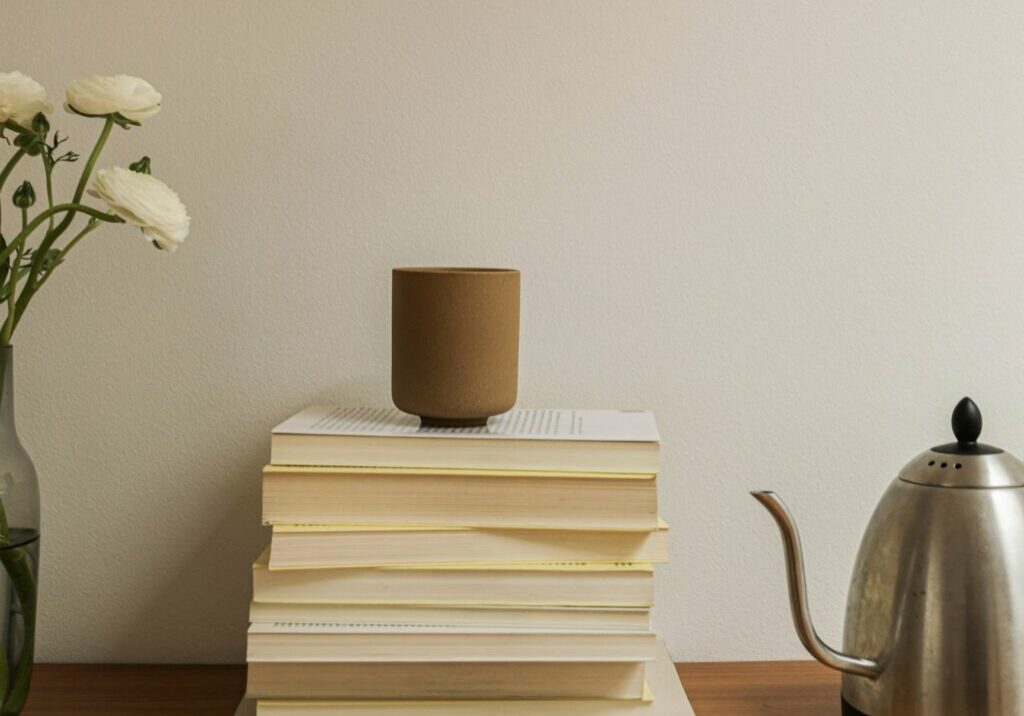Perfectly Managing Sales Tax Across State Lines
Navigating sales tax across different states can be a complex challenge for interior designers. Each state has its own tax regulations and requirements, which can vary widely. To manage sales tax effectively across state lines, designers often need to research and understand several different topics.
Understand Nexus
Determine where you have a “nexus” or a significant presence, as this determines where you’re liable to collect and remit sales tax. It’s not just about having a physical presence; it can also include economic activity or remote sales.
Consider collaborating with a sales tax accountant experienced in the nuances of the interior design industry for tailored guidance. Alternatively, contact the state’s sales tax department directly and request to speak with a specialist. Provide a detailed scenario, inquiring about potential nexus implications when operating as a designer from another state. In many cases, states mandate sales tax collection and remittance when physically engaging in projects within their borders, sometimes superseding economic nexus considerations.
Research State Tax Laws
Each state has its own sales tax rates, exemptions, and thresholds. To grasp the intricacies of tax laws in the states you operate in, consider researching or seeking counsel from tax professionals. Some states provide links to sales tax rates on their website that may be destination-based or determined by the final destination (project location) of goods or services. Identifying the applicable method is vital for accurate tax compliance.
Register for Sales Tax Permits
Once you’ve identified the states where you have nexus, register for sales tax permits in those states. This allows you to collect sales tax from customers legally. It’s essential to be aware that some states require filing a zero return even if you have not made any sales during the filing period. This ensures compliance with specific state regulations.
Determine Taxable Items
Different states have different rules regarding what items are taxable or exempt. Some states may exempt certain types of furniture or interior design services from sales tax. California and New York both require sales tax collected on design services.
Keep Accurate Records
Maintain meticulous records of sales transactions, especially across state lines. This includes keeping track of sales made, taxes collected, and any exemptions claimed. Multi-state filings can be complex, so it’s crucial to ensure that your accounting software is set up accurately to separate sales tax liabilities for each state.
Use Technology
There are software solutions available that can help automate sales tax calculations and filings, making it easier to manage tax compliance across multiple states. Some of our favorites are Houzz Pro (formerly called Ivy), Quickbooks Online, Studio Designer, MyDoma, Design Files, and Alcove. We offer a Project Management Software Consultation Package if you need help finding the right solution for your business.
Consult Tax Professionals
Given the complexity of sales tax laws, consulting with tax professionals or accountants specializing in multi-state sales tax and interior design can be immensely helpful. They can provide guidance specific to your business and ensure compliance with regulations.
Remember, staying updated on tax laws and regulations changes is crucial as they can often undergo frequent updates and modifications, impacting how you handle sales tax across state lines.
Share On:



